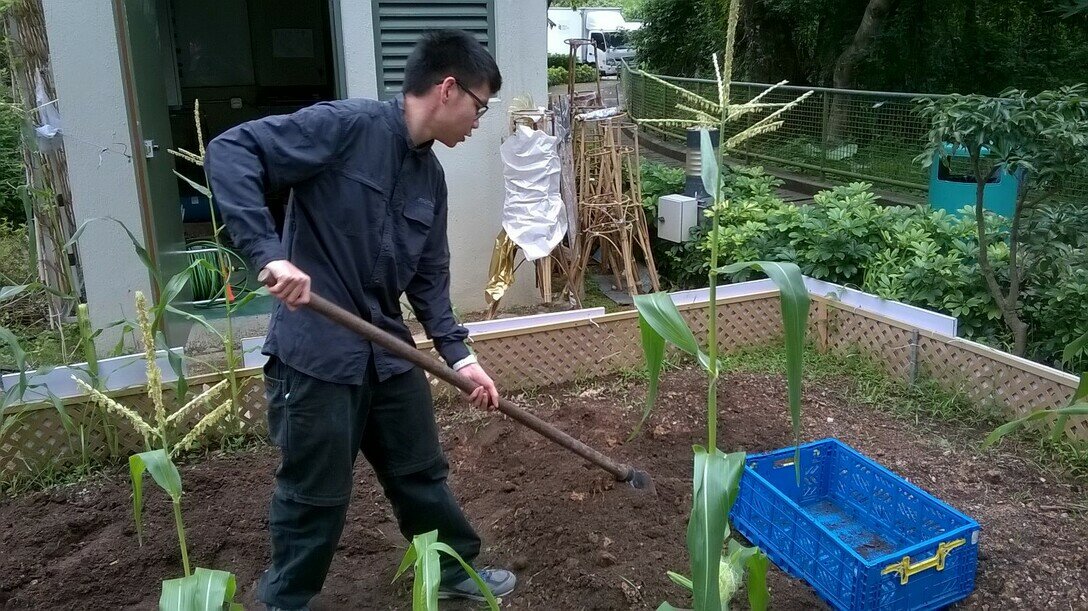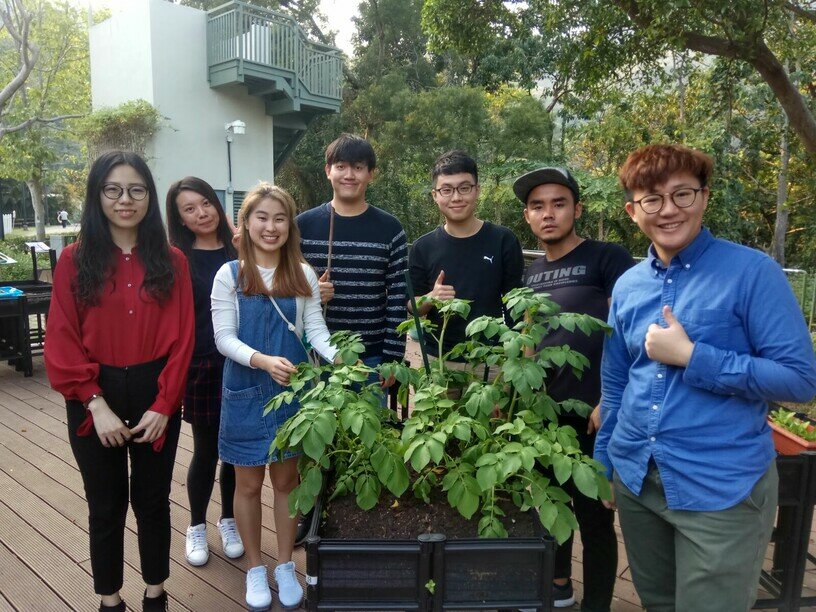Eco-Garden On Campus Promotes Sustainability Education

Nestled in a scenic mountain range in the north-eastern part of Hong Kong, The Education University of Hong Kong (EdUHK) campus is rich in biodiversity, with more than 380 species of trees, plants, insects, birds, fungi, and reptiles having been observed, helping to facilitate EdUHK’s sustainability education.
Among the green initiatives is the Eco-Garden, established in 2016, which serves several purposes: (i) facilitating the University’s development of environmental studies; (ii) providing education for sustainability; and (iii) enhancing students’ knowledge and awareness of environmental protection.
Dr Frank Cheang Chi-chiu, Associate Professor at the Department of Science and Environmental Studies (SES) and Coordinator of the Eco-Garden, explains that the Eco-Garden provides an education model that emphasises field-based learning by educating the younger generation about the need to conserve the environment. It has also been recognised for its energy-saving design, recycling, re-use of resources, and biodiversity conservation. In 2016, it received the Green-Plus award from China Light and Power, and the Proposal Award and the Implementation Award in the Sustainable Development Promotion Award for Students of Higher Education Institutions competition, organised by the Environment Bureau.
To further enhance the University community’s knowledge and awareness of the benefits of ecological balance and the conditions required to achieve it, a programme named EdU Eco-Garden Farmer and Biodiversity Surveyor was launched in 2016. Through this programme, about 30 students and staff members are recruited each year to join training and practice sessions in the Eco-Garden. The programme has received donation support to provide scholarships for participating students.
Mr Mickey Ng, Research Assistant at SES, said participants in the programme gain a valuable opportunity to embrace nature and find out how natural ecosystems work. They see first-hand the interaction among biotic factors (the living parts of the environment, such as plants and animals) and abiotic factors (the non-living parts, such as sunlight and temperature). He said he was also amazed to witness the personal growth of the students as farmers and surveyors.







